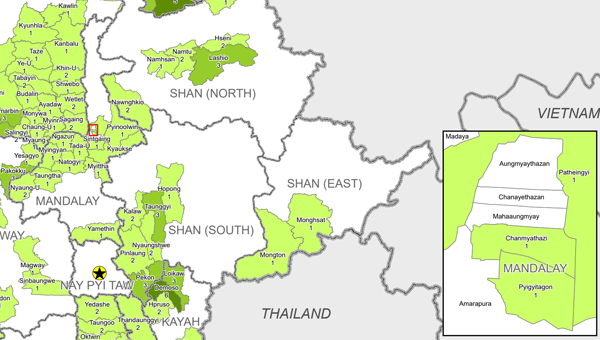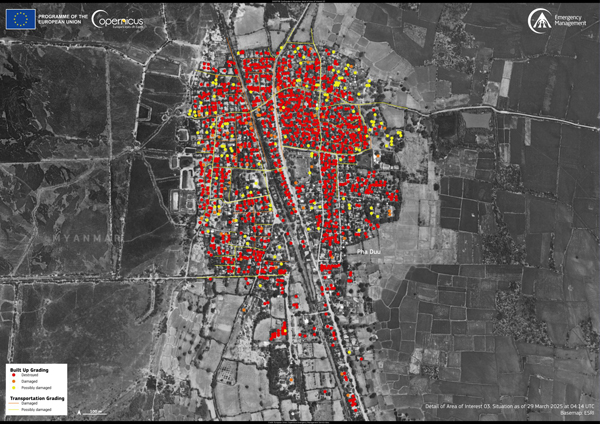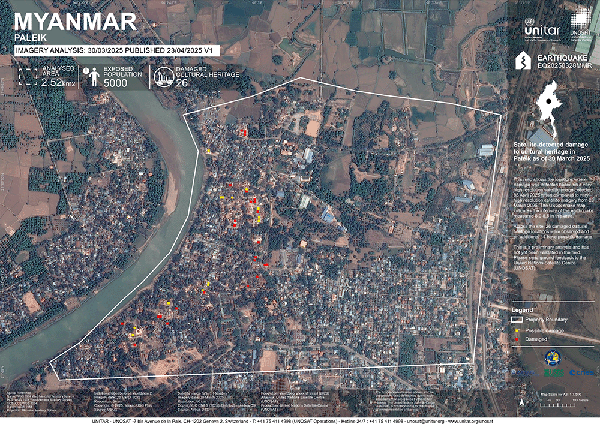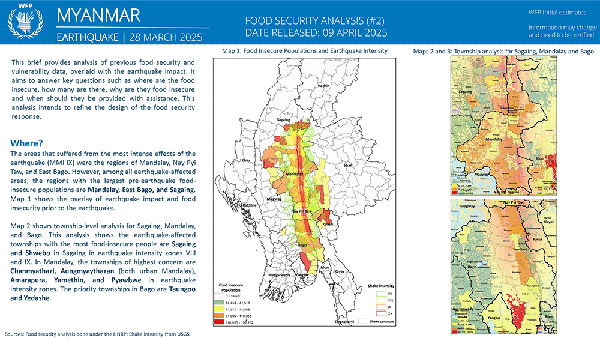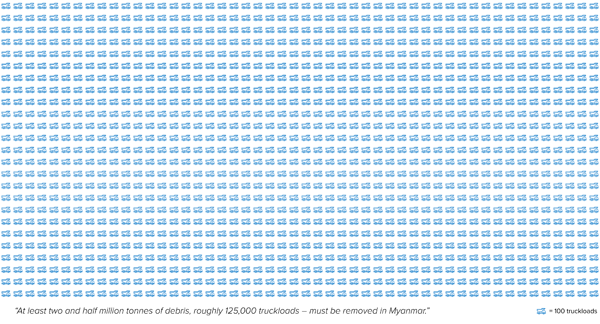To support coordination of humanitarian, development, and peace (HDP)-focused activities across Myanmar, including ongoing response and recovery efforts, products from the latest round of MIMU HDP Nexus 5W (data recorded as of 28th February) have now been released.
198 agencies voluntarily contributed details on their activities via their designated agency focal points. Note that inputs are self-reported and not verified on the ground by MIMU. Reporting agencies include UN agencies, many INGOs, Red Cross and a growing number of local NGOs, with activities categorised into 22 sectors and 152 sub-sectors. Data is collected down to camp/village level, with most agencies reporting at least to village tract level.
Data Protection Measures:
- Agencies can restrict data sharing for specific sensitive projects or areas; agency names will not appear in any HDP Nexus 5W products.
- Dataset and agency names are no longer shared publicly.
- Detailed Village Tract level maps no longer public
Available Resources (Explore on the MIMU website):
Interactive Dashboards: Explore data by area or sector without identifying agency names.
- Overview Dashboard: Search by multiple options.
- Township 5W Dashboard: Searchable by sector and duration.
- Township Summary Dashboard: Summarised figures by state/region and sector.
Maps: Township-level maps are publicly available (detailed village tract level maps available on request to contributing agencies).
HDP Nexus 5W Data Files with additional details are no longer publicly available but can be provided on request to participating agencies for inter-agency coordination purposes.

